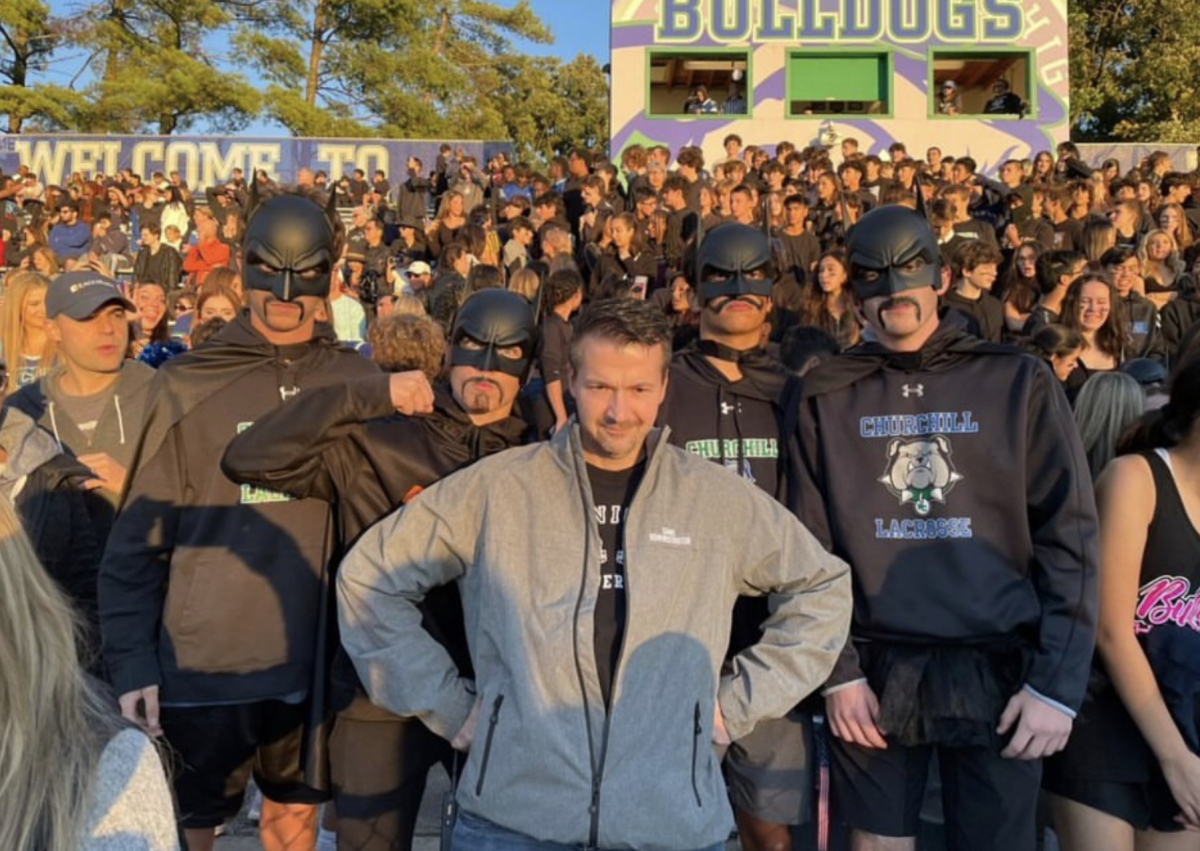In the shadow of the Washington Monument, people waited up to an hour to tour one of the 20 futuristic and energy-efficient homes built by college students from 20 different university teams.
The fourth Solar Decathlon, hosted by the U.S. Department of Energy (DOE) every other year, took place Oct. 8-16. Decathletes included teams from Spain, Canada and Germany who competed to build the most attractive and appealing solar-powered house.
Student participants led tours and explained aspects of their projects, including water heating, design features, solar panels, ventilation and structure.
The houses built by decathlon teams produced at least as much energy as they consumed, and teams received extra points if they produced excess energy and sold it back to the power company.
Team Germany, the winner of the Solar Decathlon, earned all 150 possible points for net metering, or the ability to produce as much energy as consumed, if not more.
According to DOE representative Tom Welch, the decathlon serves to raise awareness among the general public about solar power and renewable energy. It brings attention to one of the most important global problems.
According to the DOE website, approximately 84 percent of U.S. energy consumption comes from fossil fuels. The U.S. uses almost $1 million worth of energy every minute.
Although the houses incorporate expensive cutting edge technologies, as they become more widespread and commercialized, the price will decrease.
“The price of all energy is going up, but the price of solar panels is going down as technology is getting better,” University of Arizona student representative Chad Neilsen said.
According to an Oct. 10 Washington Post article, some technologies used in previous decathlon entries, such as structural beams made of bamboo, are already starting to be commercialized.
“As years go by, more and more solar technology will come about,” said fifth year architecture student and Virginia Tech participant Osamu Osaw. “Studying solar energy is really important [for] a high [school student].”
The CHS AP Environmental Science (APES) course includes the study of solar energy as well as other alternative energy resources.
“It is crucial that as we move away from finite non-renewable energy resources, we develop economical alternative technologies that will help to decentralize our energy supply,” APES teacher Gary Rogers said.
According to Rogers, the future includes widespread use of solar power and secondary solar alternatives such as wind power.
“I support the use of solar energy in contrast to fossil fuels,” senior vice president of the CHS Environmental Club Eddy Shiang said. “[However,] I believe that this industry is not yet widely enough promoted.”







